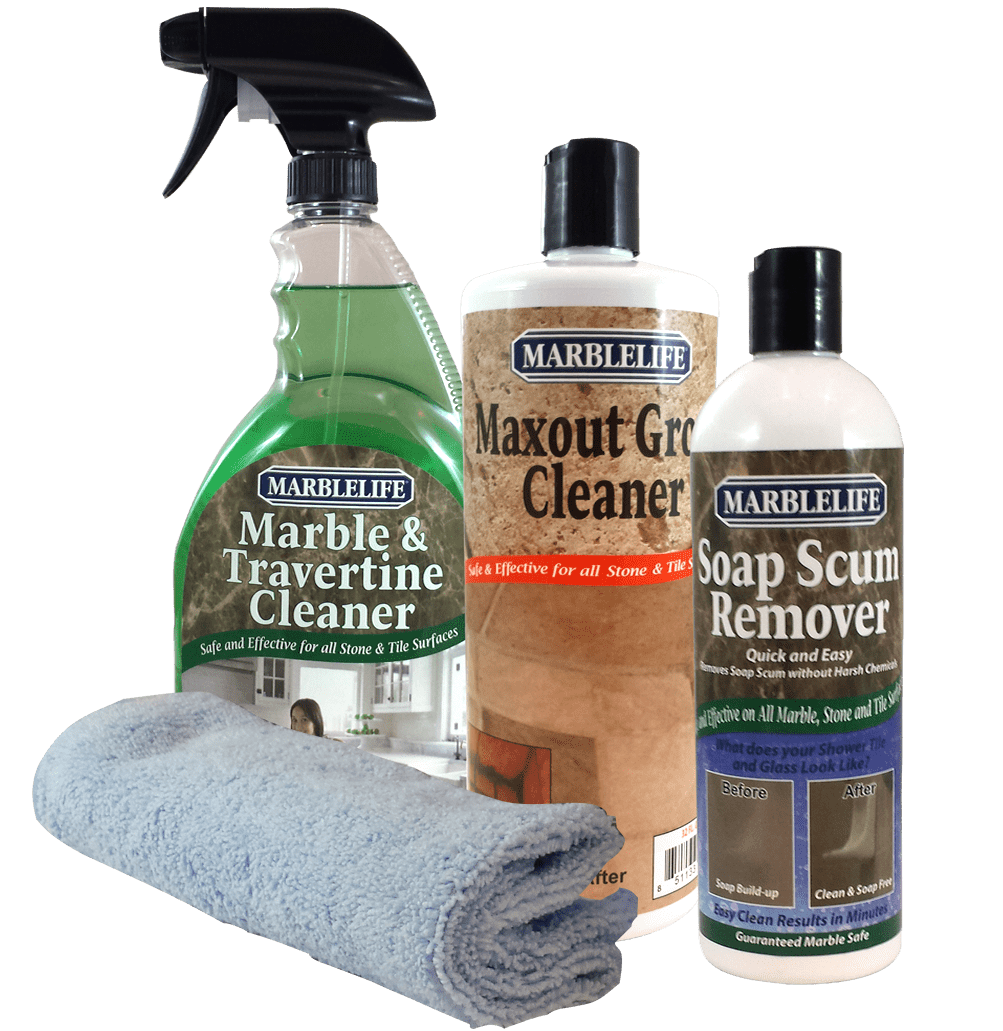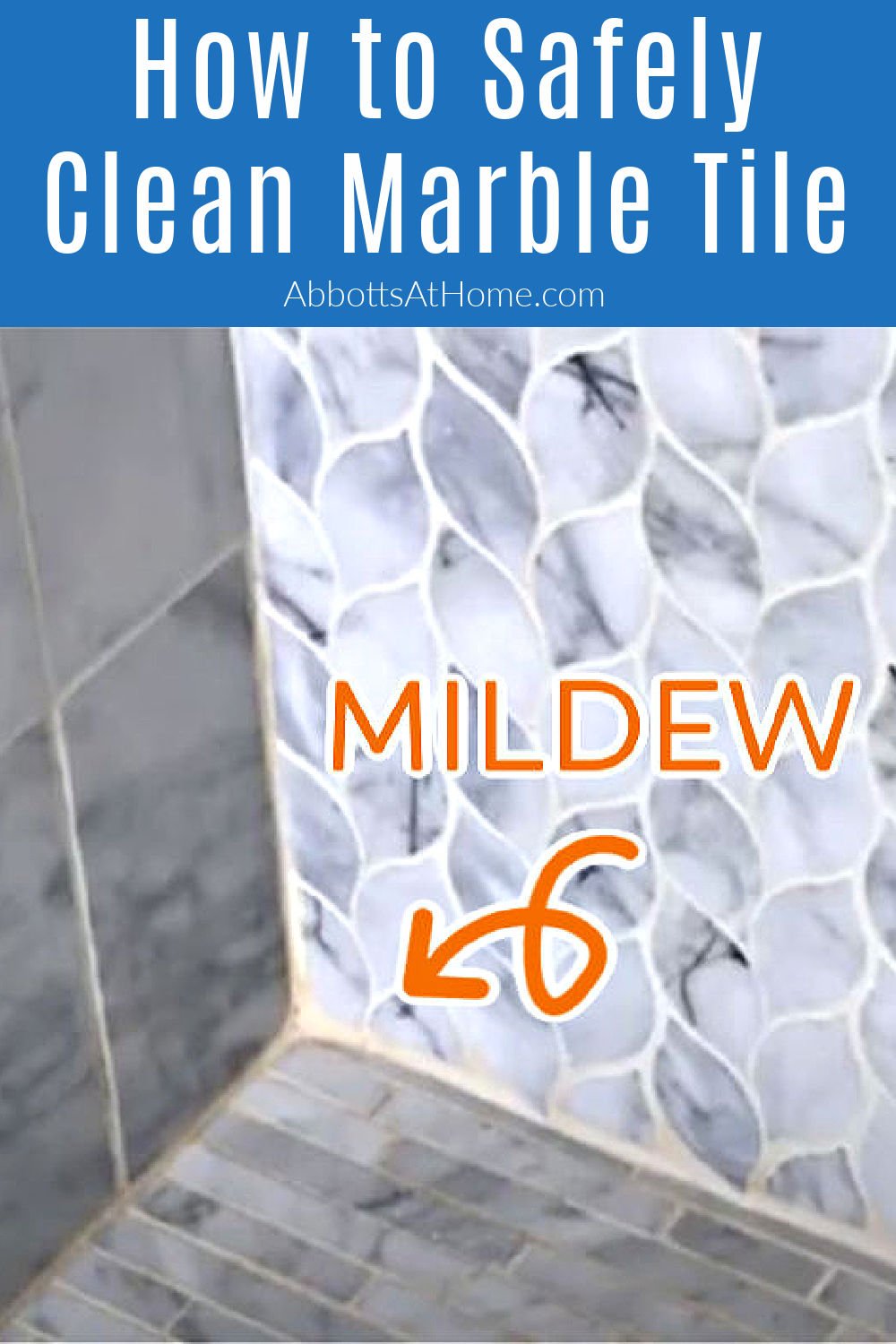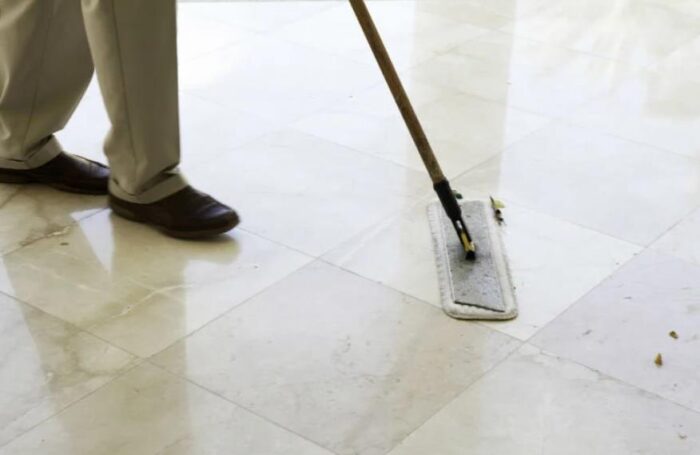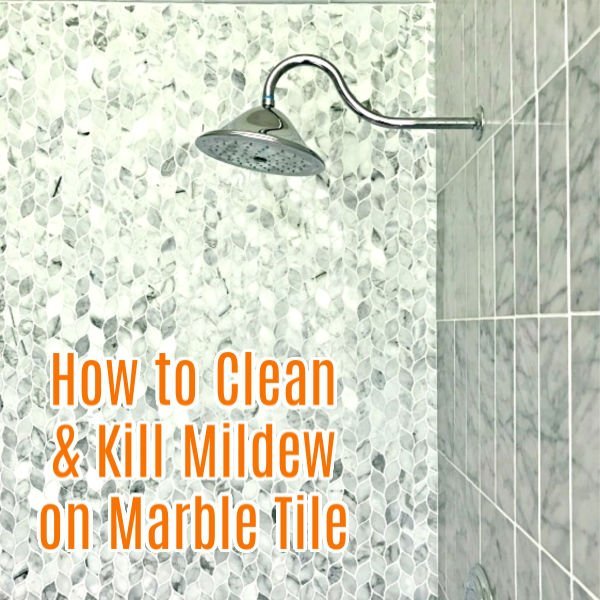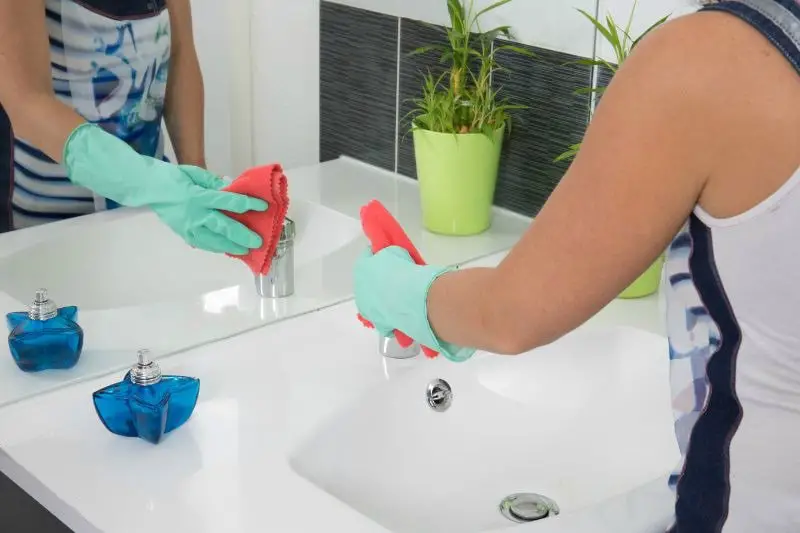Marble floors bring a touch of elegance and luxury to any bathroom, but they require proper care and maintenance to keep them looking pristine. Cleaning marble floors involves using the right products and techniques to avoid damage and preserve their natural beauty. In today’s article, I’ll walk you through the steps to effectively clean your bathroom marble floor, discuss the best cleaning products, and share tips on maintaining your marble for years to come.
Understanding Your Marble Floor
Types of Marble
Marble comes in various types, each with its unique characteristics. The most common types include Carrara, Calacatta, and Statuario. Carrara marble is known for its grayish-white appearance with soft veins, making it a popular choice for bathrooms. Calacatta marble features more dramatic and bold veins with a whiter background, offering a more luxurious look. Statuario marble combines elements of both, with a bright white base and striking gray veins. Understanding the type of marble you have can help you choose the appropriate cleaning methods and products.
Characteristics of Marble
Marble is a natural stone composed primarily of calcium carbonate, making it susceptible to etching and staining from acidic substances. Its porous nature means that it can easily absorb liquids, leading to potential stains. Additionally, marble is softer than other natural stones like granite, making it prone to scratches and wear. Knowing these characteristics helps in selecting the right cleaning techniques and products to prevent damage.
Common Issues with Marble
In a bathroom setting, marble floors are exposed to water, soap, and various personal care products, which can cause issues like staining, etching, and soap scum buildup. Hard water stains and mold or mildew growth can also be a concern in a humid bathroom environment. Addressing these issues promptly and properly is crucial to maintaining the appearance and integrity of your marble floor.
Importance of Regular Maintenance
Regular maintenance is key to keeping your marble floor looking its best. Without proper care, marble can lose its luster and become dull or damaged over time. Regular cleaning not only enhances the appearance of your marble but also extends its lifespan. Establishing a routine maintenance schedule helps prevent the buildup of dirt, grime, and other substances that can harm the marble surface.
Sealing Your Marble
Sealing is an essential step in protecting marble floors from stains and damage. A quality marble sealant creates a barrier that reduces the stone’s porosity, making it less likely to absorb liquids. Depending on the type of marble and the level of use, sealing should be done every six months to a year. Always use a sealant specifically designed for marble, and follow the manufacturer’s instructions for application and curing times.
Choosing the Right Cleaning Products
Selecting the right cleaning products is critical for maintaining the beauty of your marble floor. Avoid acidic or abrasive cleaners, as they can etch or scratch the marble. Instead, opt for pH-neutral cleaners specifically formulated for marble. Using the wrong products can cause irreversible damage, so it’s essential to read labels carefully and choose products that are safe for use on marble surfaces.
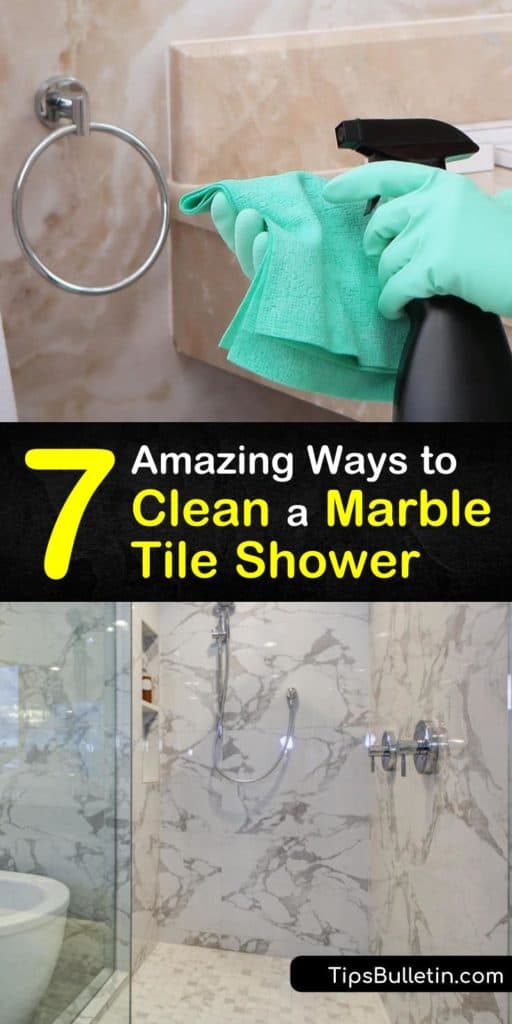
Daily Cleaning Routine
Sweeping and Dusting
Regularly sweeping and dusting your marble floor helps prevent dirt and grit from scratching the surface. Use a soft-bristle broom or a dry dust mop to gently remove dust and debris. Avoid using vacuums with beater bars, as they can scratch the marble. Make this a daily habit to keep your marble floor free from abrasive particles.
Mopping with a Damp Mop
After sweeping, use a damp mop to clean the marble floor. Fill a bucket with warm water and add a few drops of a pH-neutral cleaner designed for marble. Wring out the mop thoroughly to avoid excessive water on the floor. Mop the floor in a gentle, circular motion, being careful not to apply too much pressure. After mopping, dry the floor with a soft, clean towel to prevent water spots.
Spot Cleaning Spills
Spills should be cleaned up immediately to prevent staining. Use a soft cloth or paper towel to blot the spill, avoiding rubbing, which can spread the liquid and cause more damage. For sticky or stubborn spills, dampen a cloth with warm water and a mild marble cleaner, then gently wipe the area. Always rinse with clean water and dry thoroughly.
Avoiding Harsh Chemicals
Harsh chemicals, including vinegar, lemon juice, and bleach, can etch and damage marble surfaces. Instead, stick to pH-neutral cleaners specifically formulated for marble. These products are designed to clean effectively without harming the stone. Always test new cleaners on a small, inconspicuous area before using them on the entire floor.
Using Soft Cleaning Tools
Soft cleaning tools are essential for protecting your marble floor from scratches. Use soft cloths, sponges, and mops designed for delicate surfaces. Avoid abrasive scrubbers, steel wool, or rough brushes, as they can scratch and dull the marble. Gentle tools help maintain the smooth, polished finish of your marble floor.
Keeping the Floor Dry
Marble is sensitive to water and can develop stains and spots if left wet. After cleaning, always dry the floor with a soft, clean towel or microfiber cloth. This prevents water from seeping into the marble and causing damage. In a bathroom, consider using bath mats and rugs to absorb excess water and protect the marble floor.
Deep Cleaning Techniques
Using a Marble Cleaner
For deep cleaning, use a specialized marble cleaner to remove dirt and grime buildup. Follow the instructions on the cleaner, applying it evenly across the floor. Use a soft mop or cloth to work the cleaner into the marble, paying extra attention to heavily soiled areas. Rinse thoroughly with clean water to remove any residue, and dry the floor completely.
Removing Stains
To remove stains from marble, use a poultice made from a marble-safe cleaner and a white absorbent material like baking soda or talcum powder. Apply the poultice to the stained area, covering it with plastic wrap and sealing the edges with tape. Leave it for 24 to 48 hours, then remove the poultice and rinse the area with clean water. Repeat if necessary until the stain is gone.
Polishing the Marble
Polishing can restore the shine and luster to your marble floor. Use a marble polishing powder or a commercial marble polish, following the product instructions. Apply the polish with a soft cloth or a polishing pad, working in small sections. Buff the floor in a circular motion until the desired shine is achieved. Regular polishing helps maintain the glossy finish of your marble floor.
Addressing Etching
Etching occurs when acidic substances come into contact with marble, leaving dull spots or marks. To address etching, use a marble polishing powder or an etch remover designed for marble surfaces. Apply the product to the etched area, following the manufacturer’s instructions. Buff the area gently with a soft cloth until the etch marks are removed and the shine is restored.
Dealing with Soap Scum
In a bathroom, soap scum can build up on marble surfaces, leaving a dull, filmy residue. To remove soap scum, use a pH-neutral cleaner and a soft cloth or sponge. Apply the cleaner to the affected areas, allowing it to sit for a few minutes to loosen the buildup. Gently scrub the area in a circular motion, then rinse thoroughly with clean water and dry the floor.
Preventing Mold and Mildew
Mold and mildew can be a concern in humid bathroom environments. To prevent mold and mildew growth, ensure proper ventilation in your bathroom by using exhaust fans or opening windows. Regularly clean the marble floor with a pH-neutral cleaner, and dry the floor completely after cleaning. Address any signs of mold or mildew promptly with a marble-safe mold cleaner.
Choosing the Right Cleaning Products
pH-Neutral Cleaners
When it comes to cleaning marble, pH-neutral cleaners are your best friend. These cleaners are specifically formulated to clean marble without causing damage. Avoid acidic or alkaline cleaners, as they can etch the marble surface. Look for products labeled as safe for natural stone or marble, and always test a small, inconspicuous area before using a new cleaner on the entire floor.
DIY Cleaning Solutions
If you prefer to use homemade cleaning solutions, you can create a gentle cleaner using water and a few drops of dish soap. Mix the solution in a spray bottle and use it to clean your marble floor. Another option is to mix water with a small amount of rubbing alcohol for a quick disinfecting cleaner. Avoid using vinegar, lemon juice, or any acidic ingredients, as they can damage marble.
Commercial Marble Cleaners
There are many commercial marble cleaners available that are designed to clean and protect marble surfaces. These cleaners often come in spray bottles or concentrates that can be diluted with water. Follow the manufacturer’s instructions for proper use, and ensure the product is safe for use on marble. Using a commercial cleaner can simplify the cleaning process and provide effective results.
Polishing Compounds
Polishing compounds are used to restore the shine and luster of marble floors. These products are available in powder or liquid form and are applied with a soft cloth or polishing pad. Follow the instructions on the product for best results. Regular polishing helps maintain the glossy finish of your marble floor and enhances its appearance.
Sealants
Sealing your marble floor is crucial for protecting it from stains and damage. Use a high-quality marble sealant that is designed for natural stone. Apply the sealant according to the manufacturer’s instructions, ensuring even coverage across the floor. Allow the sealant to cure completely before using the floor. Sealing should be done every six months to a year, depending on the level of use.
Avoiding Harmful Products
When choosing cleaning products, avoid those that contain harsh chemicals or abrasive ingredients. Acidic cleaners, bleach, ammonia, and vinegar can etch and damage marble surfaces. Abrasive cleaners and scrubbers can scratch the marble, dulling its finish. Always read labels carefully and choose products that are safe for use on marble to prevent damage.
Long-Term Maintenance Tips
Establishing a Cleaning Routine
Consistency is key when it comes to maintaining your marble floor. Establish a regular cleaning routine that includes daily sweeping and mopping, as well as weekly deep cleaning. Regular maintenance prevents dirt and grime buildup and keeps your marble floor looking its best. A well-maintained marble floor can last for many years, retaining its beauty and elegance.
Using Mats and Rugs
Protect your marble floor by using mats and rugs in high-traffic areas and near sinks and showers. Mats and rugs help absorb water and prevent dirt and debris from being tracked onto the marble. Choose mats with non-slip backings to prevent accidents and ensure they are cleaned regularly to avoid transferring dirt to the marble floor.
Addressing Spills Promptly
Promptly addressing spills is crucial for preventing stains on marble floors. Keep soft cloths or paper towels handy to blot spills immediately. Avoid rubbing, as this can spread the liquid and cause more damage. For sticky or stubborn spills, use a damp cloth with a mild marble cleaner to gently wipe the area, then rinse and dry thoroughly.
Preventing Scratches
To prevent scratches, use furniture pads under the legs of chairs, tables, and other heavy items. Avoid dragging furniture or heavy objects across the marble floor. Regularly check for and remove dirt and grit that can scratch the surface. Using soft cleaning tools and gentle cleaning methods helps maintain the smooth finish of your marble floor.
Regularly Re-Sealing
Re-sealing your marble floor is essential for maintaining its protective barrier. Depending on the type of marble and the level of use, sealing should be done every six months to a year. Follow the manufacturer’s instructions for applying the sealant and ensure even coverage. Regular sealing helps prevent stains and damage, preserving the beauty of your marble floor.
Monitoring for Damage
Regularly inspect your marble floor for signs of damage, such as scratches, etching, or stains. Address any issues promptly to prevent further damage. Use appropriate cleaning and repair products to maintain the appearance and integrity of the marble. Monitoring and maintaining your marble floor helps ensure it remains a stunning feature in your bathroom.
Common Mistakes to Avoid
Using Acidic Cleaners
One of the most common mistakes people make when cleaning marble floors is using acidic cleaners. Products containing vinegar, lemon juice, or other acidic substances can etch the marble, causing dull spots and permanent damage. Always use pH-neutral cleaners specifically designed for marble to avoid harming the surface.
Ignoring Spills
Ignoring spills on marble floors can lead to stains and damage. Marble is porous and can easily absorb liquids, especially if the surface is not sealed. Promptly blot spills with a soft cloth or paper towel to prevent staining. Avoid rubbing, which can spread the liquid and cause more harm.
Using Abrasive Tools
Using abrasive cleaning tools like steel wool, rough brushes, or scouring pads can scratch and dull marble surfaces. Stick to soft cloths, sponges, and mops designed for delicate surfaces. Gentle cleaning tools help protect the marble and maintain its smooth, polished finish.
Overlooking Regular Maintenance
Neglecting regular maintenance can result in dirt and grime buildup, dulling the marble’s appearance. Establish a cleaning routine that includes daily sweeping and mopping, as well as weekly deep cleaning. Consistent maintenance keeps your marble floor looking its best and prolongs its lifespan.
Failing to Seal the Marble
Failing to seal marble floors leaves them vulnerable to stains and damage. Sealing creates a protective barrier that reduces the stone’s porosity. Depending on the type of marble and level of use, sealing should be done every six months to a year. Always use a sealant specifically designed for marble.
Using Too Much Water
Using excessive water when cleaning marble floors can lead to moisture damage, including stains and water spots. Always use a damp, not wet, mop and avoid allowing water to pool on the surface. Thoroughly dry the floor after cleaning to prevent water-related issues.
How often should I clean my marble bathroom floor?
Regular cleaning is essential to maintain the beauty and longevity of your marble bathroom floor. Sweeping or dusting daily helps remove dirt and grit that can scratch the surface. Mopping with a damp mop and a pH-neutral cleaner should be done at least once a week. Deep cleaning, including polishing and addressing stains, should be performed every few months or as needed. Establishing a consistent cleaning routine ensures your marble floor stays pristine and free from damage.
Can I use vinegar to clean my marble floor?
Vinegar is not suitable for cleaning marble floors. Its acidic nature can etch and damage the marble surface, leaving dull spots and marks. Instead, use pH-neutral cleaners specifically formulated for marble. These cleaners effectively clean without harming the stone. Avoid using any acidic or abrasive products on marble to preserve its appearance and integrity. Always read product labels and test cleaners in a small, inconspicuous area before using them on the entire floor.
What should I do if my marble floor gets scratched?
If your marble floor gets scratched, there are ways to address the damage. For minor scratches, use a marble polishing powder or a commercial marble polish. Apply the product to the scratched area with a soft cloth or polishing pad and buff in a circular motion until the scratch is less noticeable. For deeper scratches, consider consulting a professional stone restoration specialist who can repair and restore the marble. Regular maintenance and using protective measures, such as furniture pads, can help prevent scratches.
How can I prevent water stains on my marble floor?
Preventing water stains on marble floors involves proper cleaning and drying techniques. After mopping or cleaning, always dry the floor thoroughly with a soft, clean towel or microfiber cloth to prevent water spots. In bathrooms, use bath mats and rugs to absorb excess water and protect the marble. Ensuring proper ventilation in the bathroom, such as using exhaust fans or opening windows, helps reduce humidity and moisture buildup. Regularly sealing the marble floor also creates a protective barrier that minimizes the risk of water stains.
Is it necessary to seal marble floors?
Sealing marble floors is necessary to protect them from stains and damage. Marble is porous and can easily absorb liquids, leading to potential staining. A quality marble sealant creates a barrier that reduces the stone’s porosity, making it less likely to absorb liquids. Depending on the type of marble and level of use, sealing should be done every six months to a year. Always use a sealant specifically designed for marble and follow the manufacturer’s instructions for application and curing times.
Can I use a steam mop on my marble bathroom floor?
Using a steam mop on marble floors is not recommended. The high heat and moisture from the steam can penetrate the marble’s porous surface, causing potential damage, including discoloration, etching, or weakening of the stone. Instead, stick to using a damp mop with a pH-neutral cleaner specifically formulated for marble. This method effectively cleans the marble without risking damage from excessive heat or moisture. Always ensure the floor is thoroughly dried after mopping to prevent water spots and other issues.
Related Posts:
